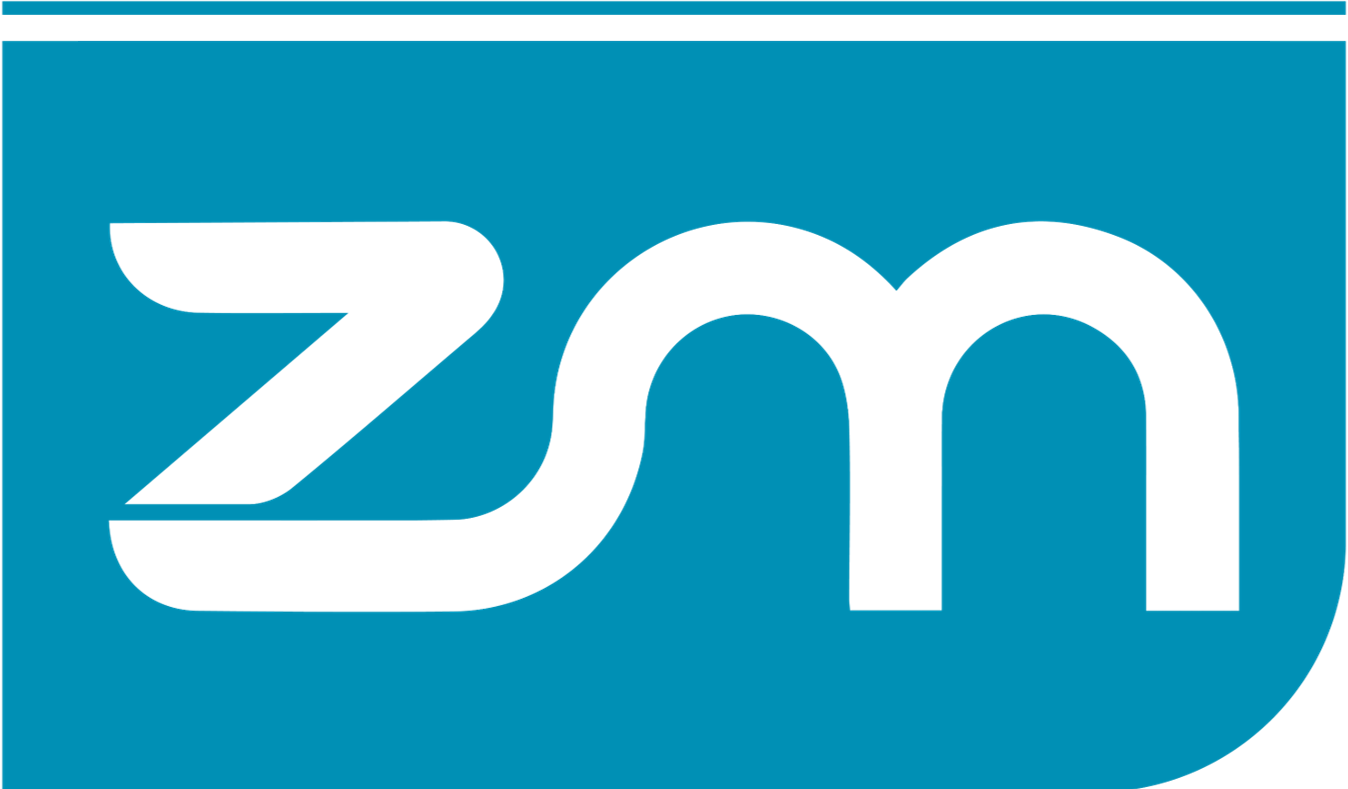Cash Flow - A nightmare for any business
How we resolved a client’s cashflow nightmare
I received a panicked call from a client last week; his largest client called him to inform him that they were moving him to a 60 day account. To make matters worse, this client was a week late with a large payment. As a result, he was late on a payment to his main supplier; this supplier froze his account and production came to a standstill for a couple of days.
This company is growing at over 20% pa and has a gross margin in excess of 40%. However, because he operates in a niche area, he has a limited number of clients. 5 clients provide 80% of his turnover. In addition, his largest client is responsible for over 25% of his turnover.
I agreed to meet with him in person to analyse his situation.
Part of his problem was that his working capital management processes did not keep up with his tremendous growth; we performed a detailed analysis of his cash flow management processes to understand what the issues are
We summarised his cash flow issues as follows:
His high growth rate put pressure on his cash flow management processes
His overdraft facility has hopelessly inadequate; what looked looked like more than sufficient 6 months ago barely made a dent in his cash flow issues today
Although he utilises an ERP, his internal processes are largely manual and it is a nightmare to perform any form accurate forecasting.
His staff work significant overtime to meet demand, the overtime this places additional strain on cash flow and negatively impacts margins.
He recently received a large contract from a customer and has to double his capacity over the next 3 months just to keep up
He has one main supplier who supplies over 60% of his raw material requirements. Should payment to this supplier be late, production grinds to a halt as we found out the hard way.
We decided on a multi-dimensional approach to resolving the issue
We applied for an increase in overdraft (by 500%). This needs to cover his peak cash flow requirements, not the average, which is what the current overdraft is set at
We agreed to the client's demand for 60 day terms, but reduced his credit limit and increased his prices to compensate for the increased cost of working capital. This is a win-win; the customer gets his 60 day credit terms to comply with their holding company’s policies, but has to cover the cost of the additional working capital requirements
We put in place processes to move to a “Just-in-time“ system - this allows the business to reduce its levels on inventory, thus saving on working capital requirements
We hired additional staff to reduce the overtime cost; this should improve the current cash flow requirements over the next few months
All new equipment is leased to reduce the cash flow impact
We have started looking for additional suppliers to spread the supply load and reduce the reliance on a single supplier. This will also allow for “part payment” of suppliers should cash flow issues arise again
Over the next few months, we will utilise the company’s loan facility as a savings account (although theoretical and not “cash in the bank”) , through savings on interest rather than interest income, the impact is real and can be measured through reduced interest expense and as a result, increased cash-flow over time). This provides a better return than a money market account. It also provides a buffer for future cash flow crises - if we need to draw down this cash, we can simply skip a payment.
We have started the process of automating internal processes, from goods receiving to dispatch - this will provide us with the business intelligence required to better understand and manage the business’s cash flow. It will also reduce administrative time to enable management to focus on the business.
Although these may not seem very sophisticated, added together, they will have a great impact on the business cash flow, allowing it the space to grow.
Need help in managing your cashflow: get in touch for a free consultation

